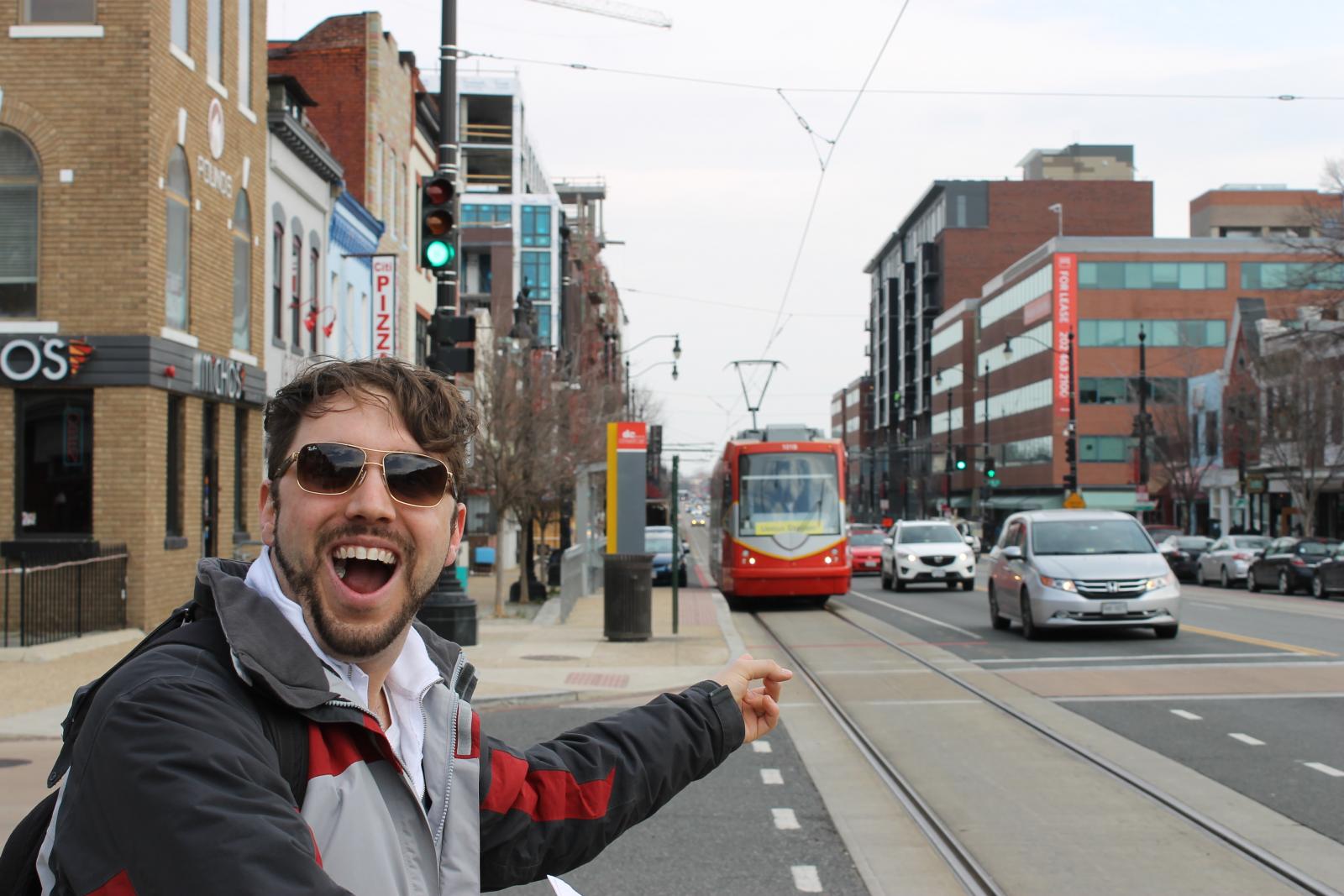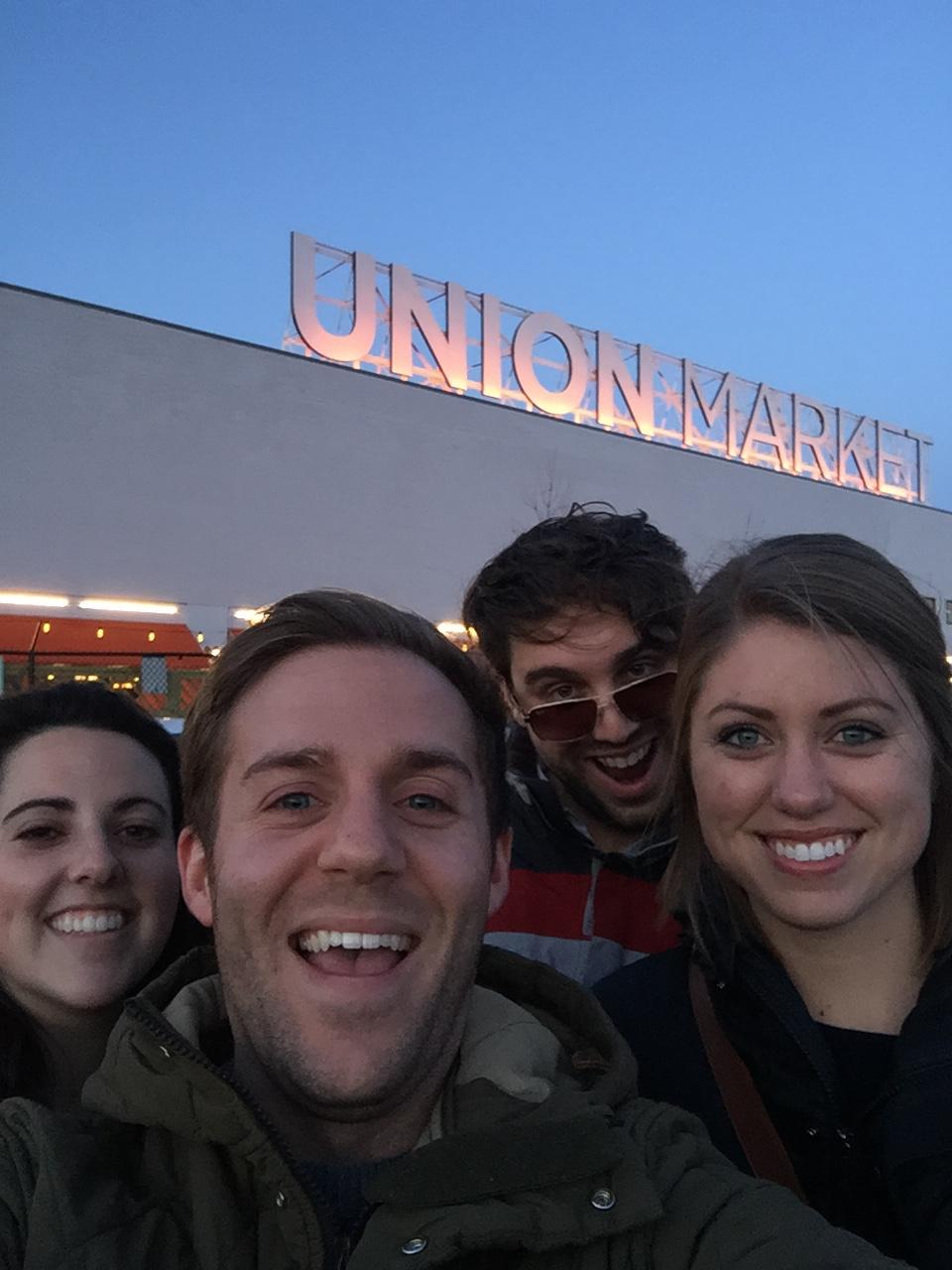Defining a community’s identity is subjective and often contested, particularly during times of abrupt neighborhood transition. An area considered the next “hot spot" by some, may be another family’s generational homestead. Neighborhoods and their identities are often not just socially muddied, but physically ambiguous; three different people living in the same building may have three different answers to the question, “where do you live?”
This past semester, a new Urban Studies and Planning (URSP) course combined long-established methods of community mapping and oral storytelling, with 21st century Geographic Information Systems (GIS) and web technologies to understand just how different these answers can be. Led by Assistant Professor Willow Lung-Amam and her teaching assistant Jeanne Choquehuanca, 20 graduate students examined five Washington, D.C. neighborhoods that have experienced significant demographic change and development over the past few decades: the corridors of U Street, N.W and H Street, N.E.; Chinatown; Mt. Pleasant; and the Southwest Waterfront. Using “on the street” and in-depth interviews with stakeholders—residents, community leaders and business owners—the teams hoped to create a community-driven portrait of each area that could inform future development and planning. This often started with the simple question, “what do you call this place?”
“There was a wide range of responses to this question, depending on race, income level and how long the person had been living in the community,” said URSP student Abby Testaye, who explained that these factors can influence perceptions of a neighborhood’s physical borders, its name and what residents consider important about it. “Along H Street, for instance, we recorded over a dozen different neighborhood names, including the Atlas District, Capitol Hill East, NoMa and ‘The Dump.’”
Known as community mapping, this highly participatory exercise used the narratives of people who live and work in the area as the primary information source. Students compiled dozens of interviews for each area, speaking with both long-term and new residents, business owners and community leaders. These interviews yielded a catalog of common neighborhood names, boundaries, important places and personal stories. The students then combined this information with U.S. Census data, historical records, photographs, audio recordings, video footage and links to other websites to create “story maps.” The result are five interactive websites, offering perspectives and stories of change, as told by the people who have lived it.
“The major benefit of this exercise is it gives communities a voice,” said Lung-Amam. “Instead of planners telling people what matters in their neighborhoods, it gives communities the power to define what matters. Instead of trying to create a singular story about a place, story maps allows communities to create multiple, complex and, sometimes, competing narratives.”
To compliment these perspectives, each website is chock-full of photographs, in-depth histories and stories showing the transformation of these neighborhoods from different viewpoints. Little-known histories of immigration, civic activism, entrepreneurship, business moguls and notable footnotes about racial tensions and the civil rights movement are sprinkled alongside tales of recent development and change. While readers learn that Mildred and Richard Loving, the interracial couple whose Supreme Court case struck down the anti-miscegenation laws in 16 states, made their home just south of Trinidad in the H Street neighborhood, they also hear from residents who have never heard of the Lovings and value the neighborhood for its exciting bar and restaurant scene.
The research and oral histories often uncovered striking examples of gentrification and displacement, culminating in a series of heart-wrenching stories. Student maps show that shortly after World War II, Southwest D.C. was nearly gutted by various urban renewals under the guise of replacing poor sanitation and housing with new and turned one of Washington’s most racially diverse neighborhoods into one of its most segregated. Once home to over 3,000 Chinese Americans, Chinatown now houses only 300, including a large number of elderly Chinese immigrants who no longer have a grocery store in their neighborhood and, instead, regularly travel by bus to shop in Falls Church, Virginia.
“The stories put everything you learn about in journals and in class into a real-life perspective,” said URSP student Jereme Stark. “Around the H Street Corridor, an area that was very affordable just a decade ago, it’s now $1,000 a month for a studio apartment. Longtime residents often can’t support themselves and remain in the neighborhood.”
“If you’re in a neighborhood with changing populations, there are bound to be conflicts about the history and impressions on what it should be,” notes Tesfaye. “People are competing for identity, but also hold different priorities. Not to mention, many of these names, like ‘H Street Corridor,’ were fabricated by real estate developers as a marketing strategy.”
Yet, strong community identities can help carry memory, tradition and culture through a neighborhood in transition. In Mount Pleasant, the historic center of the Latino community in D.C., both new and old residents enjoy the “village” feel that fosters close ties between businesses and residents, as well as the community’s lively cultural vibe. The recent resurgence along U Street, which includes the restoration of the Lincoln Theatre, has been widely celebrated for restoring the area’s arts and nightlife scene.
Following a presentation to community members in May, students launched their interactive maps online, making them accessible to residents, city officials, community associations or others to use. These maps show five important D.C. neighborhoods as evolving places. Students hope that, like their maps, the identity of each neighborhood will be an inclusive one that offers a place for different voices.
Dr. Lung-Amam thinks that showing communities what really matters to them and how neighborhood assets can be shared across groups will help residents work to preserve and build on them. “Communities sometimes have hard time talking about the things that really matter to them,” said Dr. Lung-Amam, “Stories allow residents to express not only what they care about, but also what’s worth fighting for.”



